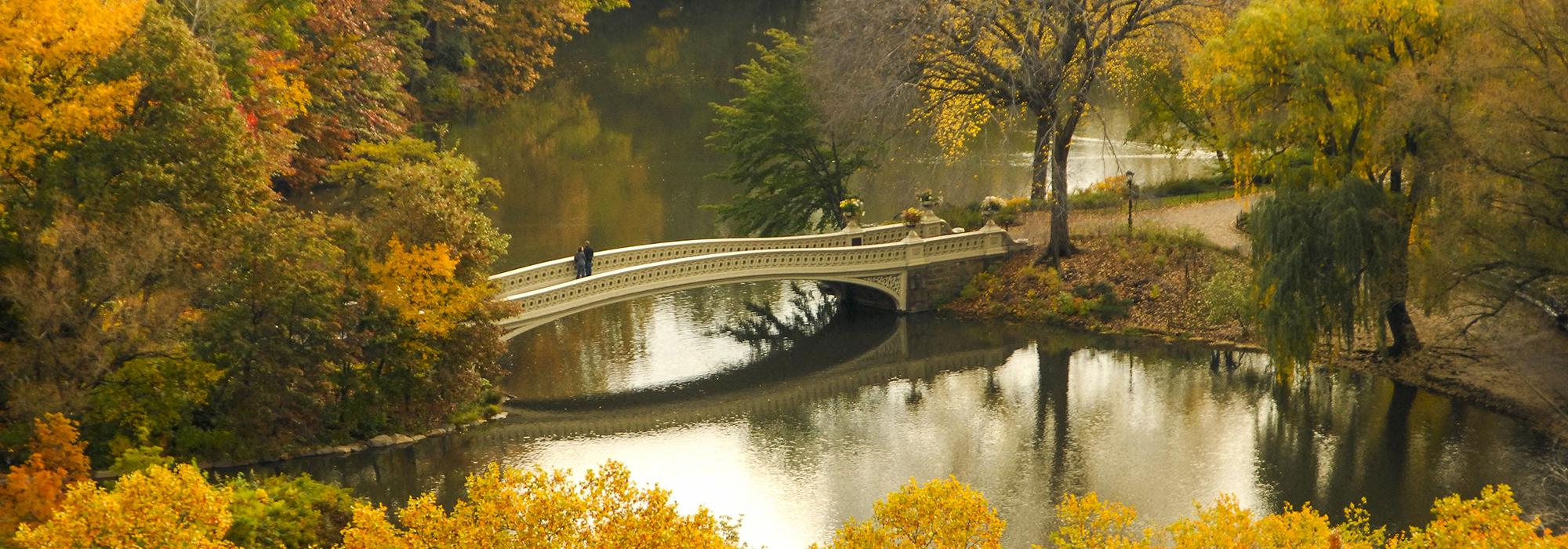What's Out There: The Landscape Architecture Legacy of Frederick Law Olmsted
In anticipation of the bicentennial of the birth of Frederick Law Olmsted (1822–1903), TCLF is producing a comprehensive, thoroughly researched, and richly illustrated online guide to the public works of the prolific landscape architect and his successor firms, including Olmsted, Olmsted & Eliot, and Olmsted Brothers. Modeled after TCLF’s interactive online city and regional guides, What’s Out There: The Landscape Architecture Legacy of Frederick Law Olmsted will include concise essays about 200 landscapes, biographies of practitioners in the firms’ employ, and overarching narratives on major park systems and themes, with accompanying maps and historic and contemporary photographs.
Unsurpassed in the field of landscape architecture, Frederick Law Olmsted defined and named the profession, designing many of America's most beloved nineteenth-century parks and landscapes, including New York's Central Park and Prospect Park, the Biltmore Estate, and the U.S. Capitol grounds. During his remarkable 40-year career, Olmsted, his partners, and employees created the first park systems, urban greenways, and suburban residential communities in this country. His collaborations with Charles Eliot, Calvert Vaux, and Warren Manning allowed his influence to continue long past his retirement in 1895, a legacy further sustained by his sons, John Charles and Frederick, Jr., who were both stalwart advocates for the emerging profession of landscape architecture. Their firm, Olmsted Brothers, was by far the largest landscape architecture practice in the United States in the early twentieth century, with a portfolio that included urban park systems, roadways, state capitols, planned communities, institutional grounds, and academic campuses.



